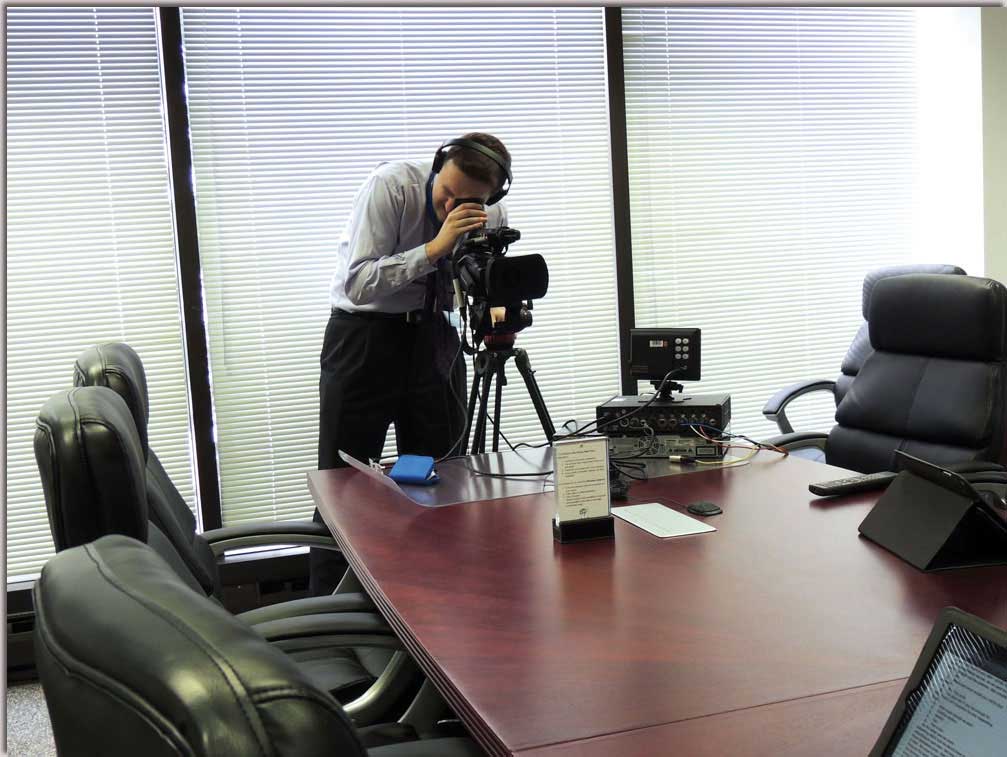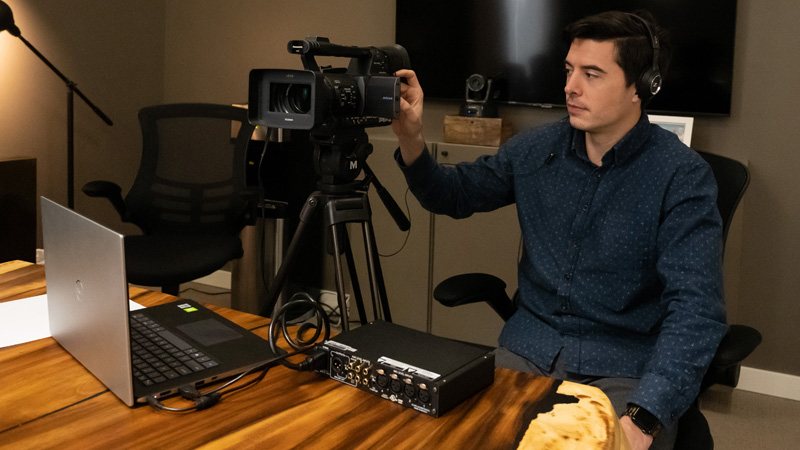Understanding the Significance of Videography in Legal Procedures
The assimilation of videography right into lawful proceedings has emerged as a substantial factor in the discussion and interpretation of evidence. By recording visual elements such as body language and face expressions, videography enhances the narrative surrounding witness testaments and can exceptionally influence jury assumptions.
Duty of Videography in Evidence
Videography plays a significantly essential duty in lawful proceedings, acting as an effective tool for presenting evidence. The integration of video recordings into the lawful framework permits an extra vibrant representation of facts, enabling jurors and courts to envision events as they took place. This visual paperwork can include a variety of materials, consisting of surveillance video, recorded witness statements, and expert demonstrations, every one of which can significantly boost the evidentiary landscape.
One of the key benefits of videography is its ability to record subtleties that may be lost in created accounts. Faces, body movement, and situational context can provide essential understandings, helping to convey emotions and intents that message alone can not. The usage of video clip evidence cultivates a much more appealing court experience, potentially helping jurors in comprehending intricate situations.
As modern technology advances, the high quality and accessibility of videographic evidence have improved, making it an integral part of contemporary lawful techniques. Courts significantly identify the value of video as a trustworthy source of details, triggering lawful specialists to adjust their approaches for proof presentation. Eventually, videography offers not just to show realities yet also to improve the overall stability of the judicial procedure.

Enhancing Reliability and Clearness
A substantial benefit of including videography in legal proceedings is its capacity to improve both reliability and clarity of evidence provided in court. Videographic proof can capture subtleties that created documents may forget, such as tone, body movement, and context. This graph allows discretionary to better comprehend the conditions bordering the instance, therefore promoting an extra exact understanding of the events concerned.

Additionally, the quality managed by videography minimizes the likelihood of misinterpretation that can occur from textual summaries. This precision is especially vital in intricate instances, where details can be quickly misinterpreted. Ultimately, by offering proof in an aesthetically obtainable layout, videography not only reinforces the honesty of the judicial procedure yet additionally sustains enlightened decision-making by those associated with legal procedures.
Influence on Jury Perception
The addition of videographic proof dramatically influences jury understanding, usually causing extra involved and educated considerations. Jurors are commonly more receptive to aesthetic information, which can boost their understanding of complex instances. Videography offers facts in a fashion that is both compelling and obtainable, enabling jurors to attach with the proof on an extra individual degree.
Moreover, the ability to witness events as they took place can stimulate psychological actions that composed records or spoken statements might fall short to generate. This emotional engagement can lead jurors to form more powerful viewpoints concerning the integrity of witnesses and the overall story of the case. The visual depiction of evidence likewise aids in making clear obscurities, making it much easier for jurors to grasp the context and value of the info provided.
Additionally, videography can act as an effective tool for narration, enabling lawyers to construct an influential narrative that reverberates with the jury. When jurors can envision situations and Resources witness key minutes, their capability to purposeful attentively and get to an educated judgment is substantially boosted, ultimately influencing the end result of legal procedures.
Ideal Practices for Legal Videography
Applying finest techniques in legal videography is necessary for guaranteeing that visual proof is both efficient and reputable in the courtroom. First, choose certified experts that concentrate on legal videography to make sure the technological high quality of the recordings. This consists of utilizing high-resolution cameras and expert sound equipment to catch clear visuals and audio.
Second, maintain proper paperwork throughout the recording process. This includes creating an in-depth log that consists of timestamps, descriptions of the material, and the more identities of all people existing. Such documentation can reinforce the credibility of the video.

In addition, consider making use of ideal modifying techniques. While it is critical to preserve the initial web content, minor changes for clarity-- such as improving audio levels-- can boost the general presentation without altering the material.
Future Trends in Legal Videography
As lawful videography proceeds see post to progress, emerging innovations and approaches are forming the future landscape of aesthetic evidence in the courtroom (Legal Videography). One significant fad is the combination of high-def and 4K video quality, improving the quality and information of videotaped testaments and proof. This improved resolution aids jurors in comprehensively evaluating the integrity of witnesses and the subtleties of the here and now materials
Furthermore, using artificial intelligence (AI) in video clip evaluation is obtaining traction. AI tools can assist in recognizing vital minutes in footage, creating records, and even evaluating non-verbal communication, which provides much deeper understandings right into witness reputation. In addition, online fact (VR) and enhanced fact (AR) are positioned to revolutionize exactly how evidence is offered, allowing jurors to submerse themselves in criminal activity scenes or situations, thus fostering an extra extensive understanding of the context.
Conclusion
In summary, videography serves as an important tool in lawful process, improving the presentation of evidence and enriching the general understanding of instances. By catching non-verbal signs and reinforcing the credibility of witness accounts, videography considerably affects court perception and decision-making procedures - Legal Videography. Complying with finest techniques makes certain the performance of legal videography, while emerging fads guarantee to additional increase its duty in the judicial system, ultimately cultivating a more educated and involved lawful atmosphere
Videography plays a significantly crucial function in legal proceedings, serving as a powerful medium for presenting evidence.A substantial benefit of incorporating videography in legal process is its ability to improve both credibility and clearness of evidence presented in court. Eventually, by providing evidence in a visually available style, videography not only strengthens the integrity of the judicial procedure yet likewise sustains educated decision-making by those entailed in lawful procedures.
In summary, videography serves as an important tool in legal process, improving the discussion of proof and improving the general understanding of situations. Legal Videography. Adhering to best practices guarantees the efficiency of legal videography, while emerging fads assure to more increase its role in the judicial system, inevitably cultivating a much more informed and involved legal environment